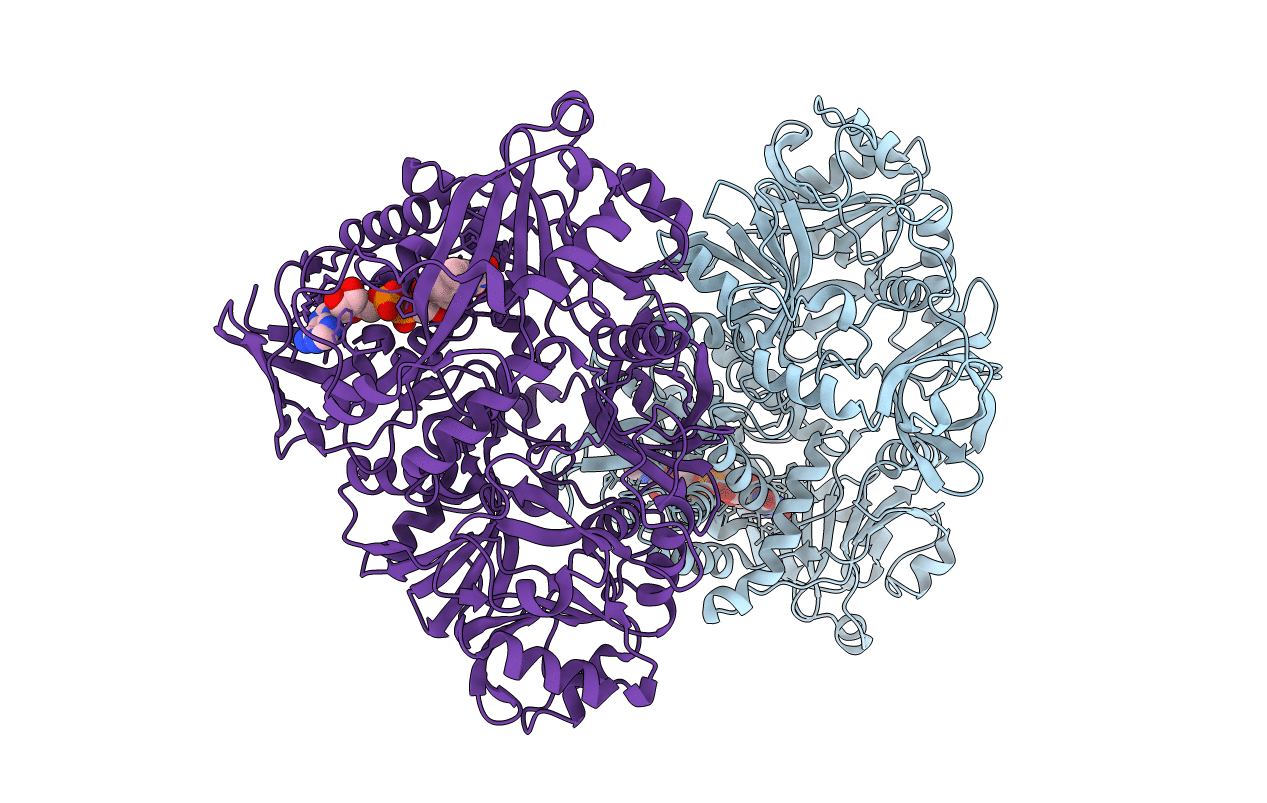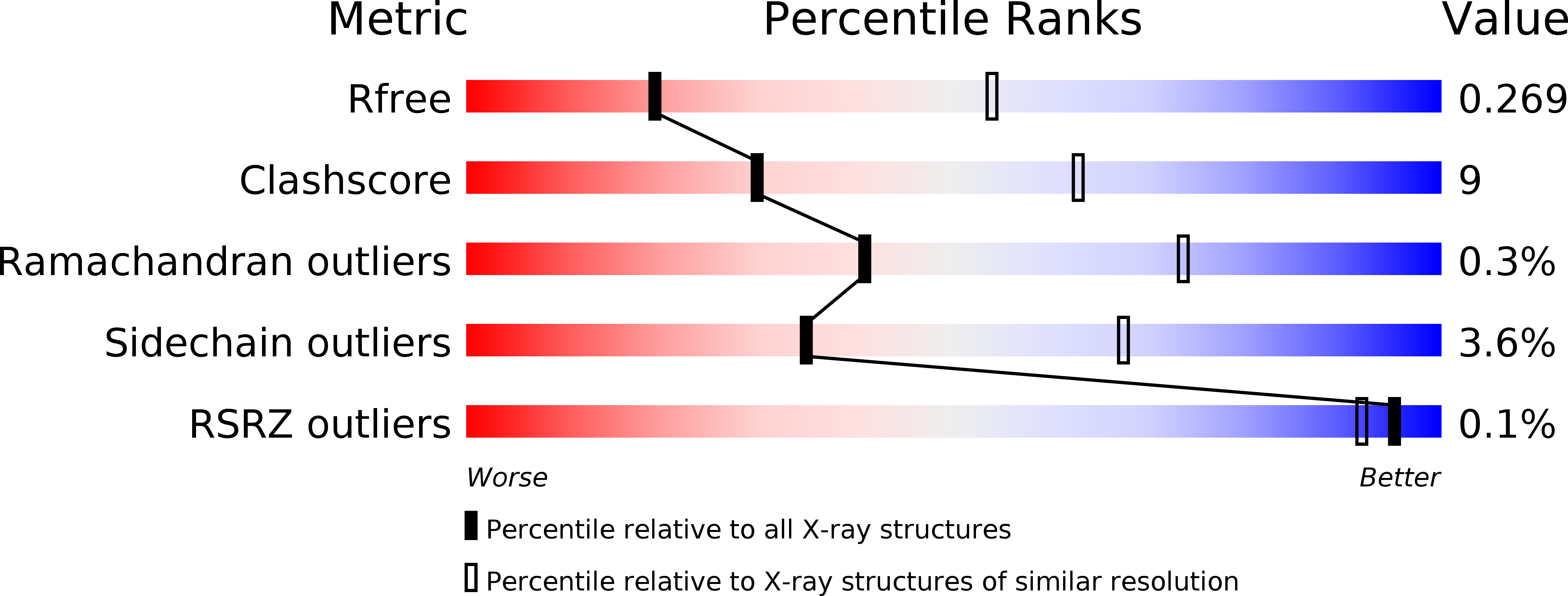
Deposition Date
2016-05-25
Release Date
2016-08-17
Last Version Date
2024-11-20
Entry Detail
PDB ID:
5L46
Keywords:
Title:
Crystal structure of human dimethylglycine-dehydrogenase
Biological Source:
Source Organism:
Homo sapiens (Taxon ID: 9606)
Host Organism:
Method Details:
Experimental Method:
Resolution:
3.09 Å
R-Value Free:
0.26
R-Value Work:
0.17
R-Value Observed:
0.18
Space Group:
P 1 21 1


